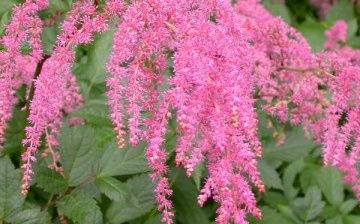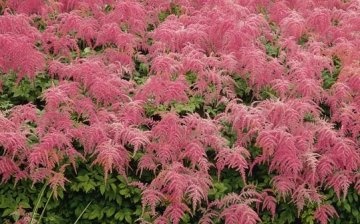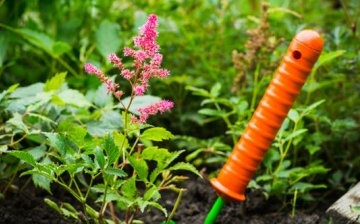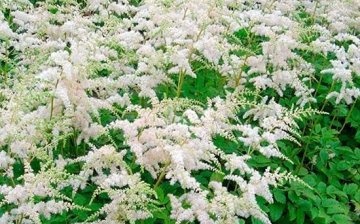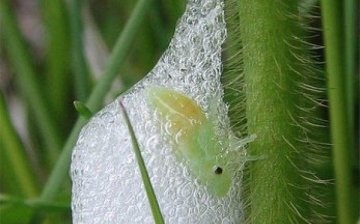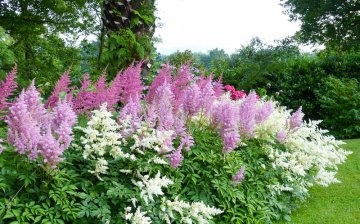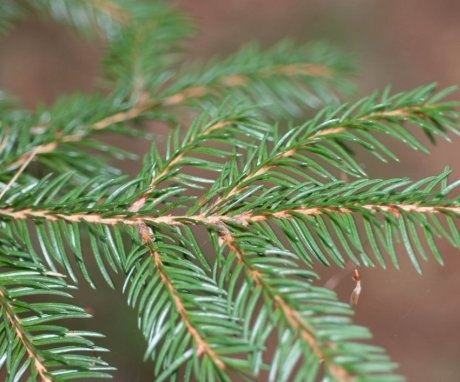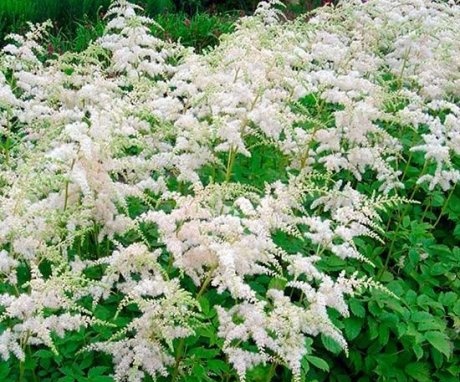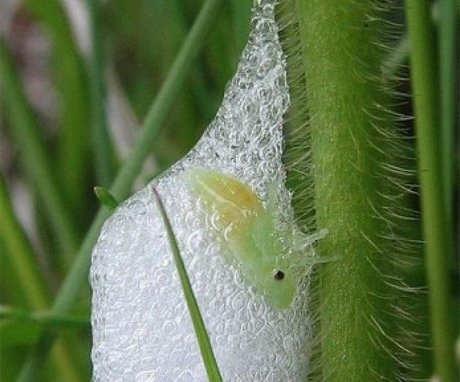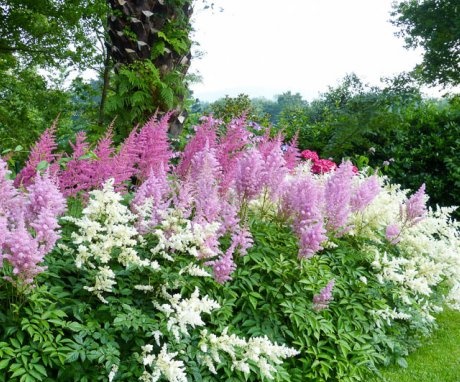Astilba Thunberg in the garden - from planting to leaving
Astilba - an unpretentious plant with discreet delicate panicles of flowers. There are 40 species of this plant in the world of various colors, from white to pink and purple. And the number of varieties exceeds 400. One of them is Thunberg's astilba with drooping inflorescences of white or pink-coral color. It has been cultivated as an ornamental plant since the end of the 19th century.
Content:
- Description and varieties of astilba Thunberg
- Reproduction and planting of a plant
- Care Tips
- Pest control
- The use of Thunberg's astilba
Description and varieties of astilba Thunberg
Astilba is a plant of the saxifrage family. His homeland is Japan, East Asia. The height of the plant depends on the growing conditions and can reach 0.8-1 m. The width of the bush reaches 1 m. The leaves are shiny, complex, double-pinned, with jagged edges.
The leaf blades are covered with brown hairs. Their stems are reddish. Sprawling bush. Astilba Thunberg looks good throughout the growing season. Inflorescences 25 cm long and 10 cm wide consist of a huge number of small flowers.
Flowering begins in early July and ends in August.
In total, the flowering period lasts 20-30 days. In a sunny area, flowering is brighter, but shorter. Fruits are capsules containing small seeds.
Astilba varieties of Thunberg:
- Straussenfeder with coral flowers.
- Japanese.
- Montgomery with bright red inflorescences.
- Bronzelaub with light pink inflorescences, which become almost white during flowering.
Reproduction and planting of a plant
The main methods of breeding astilba Thunberg:
- Dividing the bush - the most common breeding method. At the beginning of March, the bush is dug out completely, cut into pieces, each of which has at least 3 buds. Remove dead parts of the rhizome. The resulting cuttings are planted at a distance of 30 cm from each other. They usually bloom by autumn.
- For rapid reproduction, renewal buds are used, cutting them in the spring along with part of the rhizome. The cut points are sprinkled with crushed charcoal so that decay does not occur. Prepare a soil consisting of 3 parts of peat and a part of gravel. Cut pieces are planted, covered with foil or glass. They are planted in a permanent place not earlier than autumn.
- It will not work to grow Thunberg astilba from seeds collected in the garden. They do not retain varietal characteristics. But you can grow it from seeds purchased from a trusted manufacturer. Seeds stratify 3 weeks at a temperature not higher than 4 ° C. Then they are sown in light soil and kept at a temperature of about 20 ° C. In the spring, they are planted in partial shade in a prepared area.
The adaptation time and the growth rate of astilba depend on the correctly chosen planting site. It grows well in partial shade and even shade, but incomplete. If the sun's rays do not fall on the site, it will not bloom.
The soil for growing Thunberg astilba is chosen loose, fertile and light.
It grows well in damp areas. Therefore, astilba Thunberg is often planted in places with a close occurrence of groundwater. In this case, in the summer, she will need less watering. You can prepare a composition of equal parts of sod land, peat and sand.Before planting, humus is applied to the site, compost at the rate of 2 buckets per square meter. When planting several bushes, the distance between them is about 40 cm.
Care Tips
Basic requirements for growing Thunberg astilbe:
- Maintaining soil moisture. When dry, it loses its decorative effect, its leaves wither, flowering stops completely, or the panicles lose their decorative effect. Therefore, sometimes on hot days you have to water it 2 times a day, early in the morning and in the evening. After watering, the soil around the bush is loosened so that a crust does not form, which does not allow air to pass through.
- The base of the plant is covered with mulch: peat, humus, shavings, crushed bark or cut grass. It will keep the soil from overheating and drying out, and peat and humus will serve as a source of nutrients. The mulched area is not loosened or it is done less often, several times a season. The thickness of the mulch layer must be at least 5 cm.
- In the spring, up to 40 g of nitrogen fertilizers are applied under the bush. They will ensure active growth of the leaves. For abundant and bright flowering, astilbe needs to provide a large amount of phosphorus and potassium in the upper layers of the soil, where it is located root system plants. For this, complex mineral fertilizers are applied, for example, Kemira station wagon.
- After flowering, dried panicles of astilbe are cut off. This will keep the bush decorative until the end of the season.
- In the fall, a layer of soil is poured under the base of the plant, because it rises several centimeters up during the season.
- Astilba Thunberg is not afraid of frost even in the middle lane. Therefore, it does not need shelter for the winter. A thick layer of mulch added after summer is sufficient. The exception is old varieties, which eventually lose their frost resistance in winters with little snow. Such bushes are covered with spruce branches.
Astilba can grow in one place for up to 15 years. But usually it is transplanted after 5 years of age. This is due to the fact that the rhizome grows strongly upward, so the young roots are too close to the soil surface. They dry out, which negatively affects the number of peduncles and the size of the inflorescences. To do this, dig out completely or carry out partial rejuvenation, separating part of the bush. The cut points are sprinkled with charcoal, the soil is poured under the bush.
Pest control
Astilba Thunberg is not directly damaged by diseases and pests. But sometimes its root system suffers from rodents making their moves under the plant. If the leaves have withered, twisted, you need to check the condition of the root system. The presence of strokes can be indicated by the rapid flow of water during irrigation. Most often, you have to dig up a bush, inspect it and transplant it to another place. Sometimes the loss of the familiar look is due to the fact that the bush has grown a lot. In this case, it lacks moisture and nutrients.
There are cases of damage to the Thunberg astilba by a slobbering penny (leafhopper) and a rootworm nematode:
- Cicadas can be detected by the accumulation of foamed liquid, which it secretes to protect against enemies - ladybirds. This insect is up to 6 mm long with leathery front wings folded in the form of a roof. To protect against insects, you need to remove weeds in time and treat the plants with insecticides Intavir, Fufanon.
- Gall nematodes are worms up to 2 mm long, affecting the leaves and roots of the plant. They take on an ugly thickened appearance, the shape of the leaves changes. Gall nematodes are difficult to destroy, so it is better to destroy the affected bush.
If you want to preserve the plant, dig it up and divide it into a large number of parts. They are planted separately, in the quarantine zone for less than a year. See which ones turn out to be healthy. The number of such plants depends on the degree of damage.
If the bush is slightly infected, during transplantation, the roots are immersed in water at a temperature of 50 ° C for a period of 5 to 15 minutes, then transferred to cold water to cool the roots.
You can use the biological method by introducing special predator nematodes or saprophytes. The number of saprophytes can be increased by adding organic matter or sugar to the site. But they will not save the affected plant, but will only worsen the living conditions of the pests, thus reducing their number.
Chemical preparations-nematocides Fitoverm, Aktofit are used to prevent damage, but they also cannot destroy nematodes. For this, Marshal, Alanicarb, Karbofuran are used. They must be used very carefully due to their high toxicity.
Astilbe can be transplanted even in summer. She tolerates a transplant well, but it is advisable to choose cloudy weather for her. Examine the roots, remove damaged areas. They are washed with a solution of Gumi or another stimulant. They are transplanted to a new place. Water regularly until the plant begins to develop normally. For a successful transplant, you need a lot of heat and moisture.
The use of Thunberg's astilba
Astilba Thunberg is grown in gardens, in areas with light to medium shade. Ferns will be good neighbors for her, hosts, badan, hellebore, Siberian irises, lilies of the valley, late tulips.
Astilbes, planted in groups near ornamental shrubs, look beautiful. The plant is used to create rocky hills, mixborders, on the banks of artificial and natural reservoirs
More information can be found in the video:



